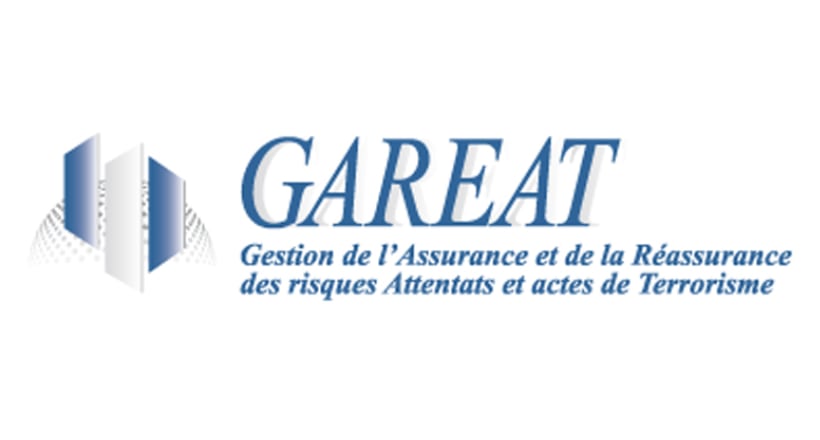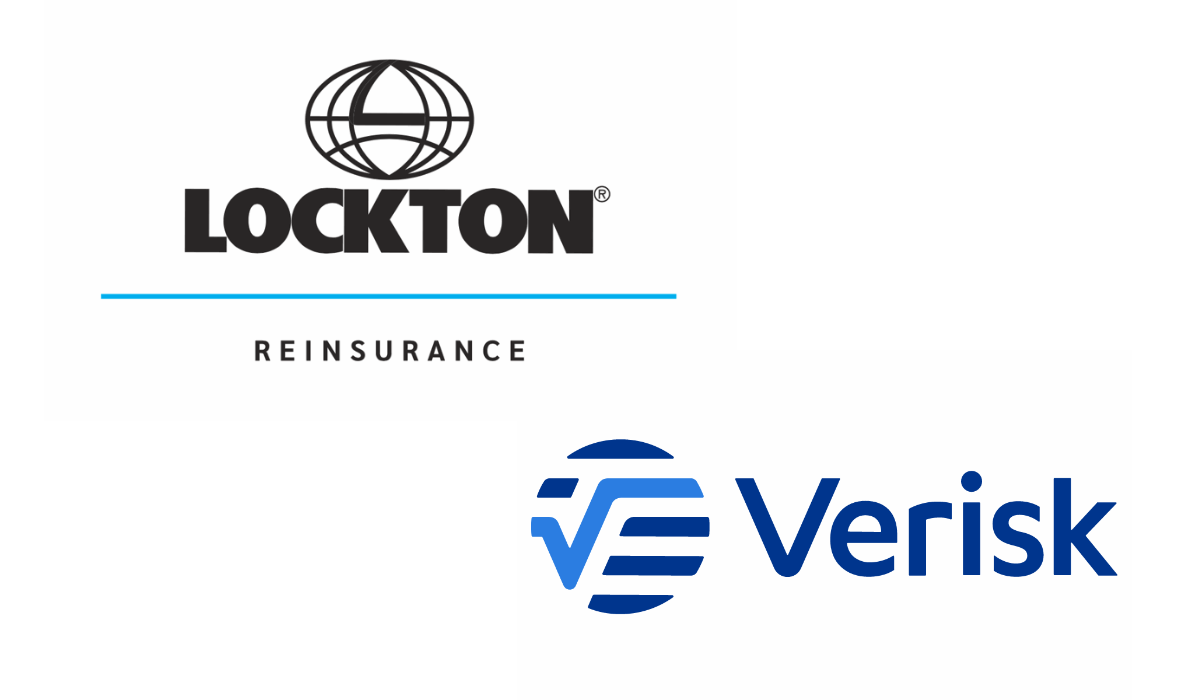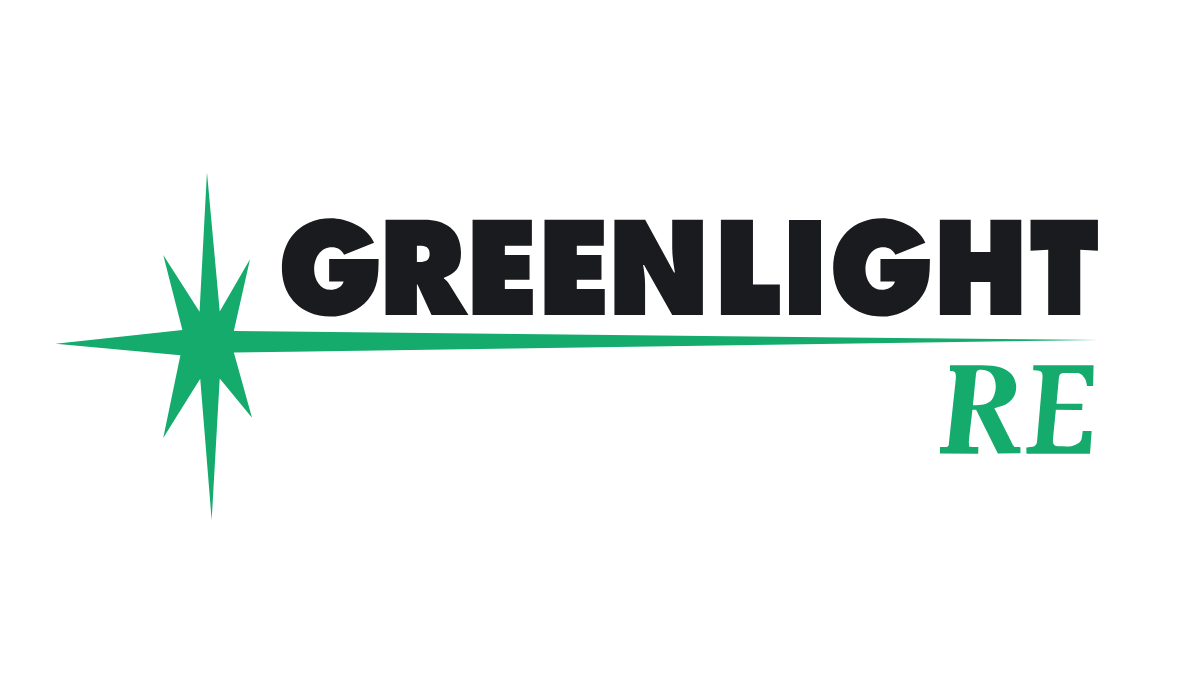Flare Network stands at the forefront of blockchain interoperability and decentralized data acquisition. Its unique technologies connect traditionally siloed assets, allowing tokens like Bitcoin (BTC) and XRP to engage in decentralized finance (DeFi) applications. With Flare’s mission of enabling cross-chain compatibility, it has become a pioneer in data-driven blockchain solutions. Here’s a comprehensive look at Flare’s core features, ecosystem, and potential impact on the blockchain industry.
Origins and Evolution of Flare Network
Flare Network began in 2019, founded by Hugo Philion, Sean Rowan, and Niran Osho, with a mission to bring smart contract functionality to blockchains like Bitcoin and XRP. These chains lacked native support for decentralized applications (dApps) and smart contracts, limiting their participation in the expanding world of DeFi and blockchain interoperability. Flare aimed to bridge this gap by developing a new Layer 1 blockchain focused on secure data integration and interoperability, enabling blockchains to interact with each other and with real-world data sources.
Initial Development and Unique Architecture
Flare introduced an innovative architecture based on two core protocols: the Flare Time Series Oracle (FTSO) and the State Connector. These technologies were designed to make Flare a “blockchain for data.” The FTSO acts as a decentralized oracle, pulling real-time data from independent providers, while the State Connector enables Flare to validate and use data from other blockchains securely. This combination allows Flare to support cross-chain asset transfers and provides a foundation for DeFi applications across a broad range of assets.
The Flare Network is also Ethereum Virtual Machine (EVM)-compatible, allowing developers to port Ethereum-based applications with minimal changes, which further increases its appeal as a flexible, interoperable platform.
Key Milestones and Ecosystem Growth
Flare has achieved notable milestones since its inception. In 2021, it launched the Songbird Network, a dedicated testbed for Flare where developers could test new features and governance decisions before rolling them out to the main network. This “canary network” was essential for stress-testing Flare’s capabilities in a live environment. It offered developers and the community a preview of the network’s governance and technical capabilities.
* Flare Networks Update Summary *
1) Songbird (SGB), the Canary Network for Flare
2) Songbird distribution ratio
1 XRP = 0.1511 SGB
3) Flare Launch
Flare will launch after testing all systems on Songbird with the final security audit scheduled for the end of September https://t.co/fYPYVsCLBM pic.twitter.com/yKm4g60Vtl
In 2023, Flare officially launched its mainnet and distributed its native FLARE (FLR) tokens through a large-scale airdrop, particularly to XRP holders, as part of its commitment to integrating with other ecosystems. This airdrop event attracted significant attention, expanding Flare’s community and rapidly decentralizing the network by involving a broader base of token holders.
Innovations and Strategic Partnerships
As the network evolved, Flare has increasingly focused on partnerships to strengthen its ecosystem. A recent collaboration with Google Cloud added technical infrastructure and validation support, underscoring the network’s commitment to security and scalability. Google Cloud’s involvement as a validator also highlights Flare’s growing reputation within the blockchain industry.
The launch of Flare’s Staking Phase 2 marked another important step toward decentralization. By enabling validators to serve as data providers in the FTSO, the network further solidified its commitment to community governance and a decentralized infrastructure. Additionally, partnerships with organizations like Etherspot have enabled Flare to enhance its user experience and simplify dApp development with features like social wallet recovery and transaction automation.
Core Innovations and Technical Features
Flare Time Series Oracle (FTSO)
The FTSO serves as Flare’s decentralized oracle, delivering real-time off-chain data directly to the blockchain. This oracle system operates with nearly 100 independent data providers who submit data, such as cryptocurrency prices, every three minutes. Data aggregation and reward mechanisms encourage accurate submissions, minimizing centralization risks. By providing these decentralized data feeds, the FTSO allows applications on Flare to remain accurate and resilient to manipulation.
State Connector for Cross-Chain Interoperability
The State Connector is another innovative Flare component, designed for secure cross-chain operations. This protocol verifies the state of external blockchains, allowing Flare to perform actions based on events occurring on other networks, such as Bitcoin and Ethereum. Flare’s unique approach uses independent attestation providers to confirm the state of external transactions, enabling asset bridging with a high level of security and decentralization.
Flare Data Connector: Expanding Data Versatility for dApps
The Flare Data Connector (FDC) enables Flare-based decentralized applications (dApps) to access diverse external data from both blockchains and the internet. Unlike the State Connector, which focuses on verifying blockchain states, the FDC operates through a request-based system. This setup allows dApps to request specific data as needed, such as transaction verifications or API data from the web, making data access efficient and cost-effective. Through Attestation Providers who validate and reach consensus on requested data, the FDC ensures accuracy before posting the information on-chain. This process supports dApps needing various data types, such as financial transactions for DeFi platforms or real-time scores for gaming. With the FDC, Flare expands beyond blockchain interactions, allowing developers to create highly interoperable, data-driven applications
FAssets: Non-Smart Contract Tokens for DeFi
FAssets is Flare’s system for bringing non-smart contract assets, such as BTC and XRP, into the Flare ecosystem. This feature allows these assets to be represented on Flare as “FAssets,” synthetic assets that can be used in DeFi applications. By broadening asset options, FAssets play a crucial role in connecting Flare to traditional cryptocurrencies and facilitating DeFi on non-Ethereum assets.
EVM Compatibility and Data-Centric Design
Flare’s Ethereum Virtual Machine (EVM) compatibility lets Ethereum developers easily transition applications to Flare. However, what makes Flare truly unique is its foundational support for decentralized data acquisition, allowing applications to access off-chain and cross-chain data natively. This dual emphasis on smart contract functionality and data integration sets Flare apart from other EVM-compatible chains.
LayerZero Integration
Flare’s integration with LayerZero offers seamless cross-chain messaging and liquidity, connecting Flare to over 70 chains and 50,000 dApps. This integration is vital for reducing liquidity fragmentation and expanding DeFi functionality on Flare.
Engaging in Flare Governance: Wrapping, Delegating, and the Role of the FTSO
In the Flare Network, participation in governance and data provision revolves around three core actions: wrapping FLARE tokens, delegating to data providers, and engaging in the Flare Time Series Oracle (FTSO). These processes encourage decentralization, enhance data accuracy, and reward users for actively participating in the ecosystem. Here’s a breakdown of how these processes work and their role in Flare’s governance.
Wrapping FLARE Tokens for Governance and Delegation
To participate in governance and data delegation on Flare, users need to convert their FLARE tokens into Wrapped FLARE (WFLR) tokens. Wrapping is essential because WFLR tokens are required for staking, governance voting, and delegation in the Flare ecosystem. Here’s how wrapping works:
- Token Conversion: Users wrap their FLARE tokens by locking them in a smart contract, which issues an equivalent amount of WFLR tokens. This process is accessible through the Flare Wallet and other compatible interfaces.
- Purpose: Wrapped FLARE allows users to retain ownership of their assets while unlocking the ability to participate in the network’s decentralized processes, like voting and delegation.
This token conversion helps secure the Flare ecosystem, providing the necessary framework for engaging in governance and securing the data flow within the FTSO.
Did you know that delegation not only earns you rewards but also supports reliable data providers & strengthens the entire ecosystem? With just a few simple steps, you can become a part of the FTSO delegation system & start claiming rewards twice a week.
Here's a simple guide👇 pic.twitter.com/cdisN1rpWh
Delegating WFLR to Data Providers in the FTSO
After wrapping their FLARE tokens, users can delegate WFLR to trusted data providers, who play a central role in the Flare Time Series Oracle. Here’s how delegation works:
- Selection of Data Providers: Users choose data providers who submit off-chain data, like price feeds, to the FTSO. These providers are responsible for maintaining data accuracy and are rewarded based on their performance.
- Non-Custodial Delegation: Delegation on Flare is non-custodial, meaning users keep control of their WFLR tokens. This ensures that token holders retain ownership while participating in data provision and governance.
- Earning Rewards: By delegating, users share in the rewards that data providers earn based on the accuracy of their submissions. The reward mechanism incentivizes data providers to submit precise information and encourages users to support reputable providers.
Flare Time Series Oracle (FTSO) and Governance Participation
The FTSO is a decentralized oracle system that provides accurate, real-time off-chain data to applications on the Flare Network. FTSO governance operates through a structured process where wrapped and delegated tokens are used to support data providers and maintain network integrity:
- Commit and Reveal Scheme: The FTSO collects data from multiple providers every three minutes, ensuring that applications on Flare receive frequent updates. Data providers commit their estimates and later reveal them, enabling the FTSO to aggregate accurate data using a median algorithm.
- Reward Mechanism: The FTSO rewards providers whose submissions fall within the interquartile range (IQR) of accuracy, using delegated votes to calculate performance. By requiring a minimum threshold of votes to participate, the system maintains high standards for data providers.
Implications for Decentralization and Data Integrity
These interconnected processes—wrapping, delegating, and participating in the FTSO—strengthen Flare’s decentralized infrastructure and ensure data reliability:
- Decentralized Governance: By involving WFLR holders in governance and rewards, Flare encourages community participation, further decentralizing decision-making across the network.
- Accurate, Trusted Data: The FTSO’s commitment to high data accuracy enables dApps on Flare to depend on reliable, decentralized data sources, reinforcing Flare’s focus on secure interoperability and efficient data access.
In essence, Flare’s governance model incentivizes users to engage actively in maintaining network security and data accuracy. By wrapping, delegating, and participating in the FTSO, users contribute to the network’s integrity and growth, making Flare a robust and community-driven blockchain ecosystem.
Songbird Network: A Testing Ground and Governance Foundation for Flare
The Songbird Network acts as Flare’s canary network, blending the characteristics of a testnet with a live, operational blockchain. Unlike traditional testnets with unlimited token supplies, Songbird has a defined token supply, real users, and high-level testing capabilities. Launched in September 2021, Songbird enables Flare to test new features and governance proposals under real-world conditions. This approach allows for live testing, which strengthens security and stability across the entire Flare ecosystem.
Governance and Community Voting
Songbird holds a vital place in Flare’s governance, operating as the “lower house” where community-initiated proposals are tested. Users can propose and vote on Flare Improvement Proposals (FIPs) using Songbird’s native SGB token. Proposals that gain enough support on Songbird advance to the Flare Foundation for final consideration. This two-tiered governance ensures that only well-vetted and community-backed proposals reach the main network, maintaining Flare’s stability and user alignment.
Songbird’s governance includes quarterly voting cycles, allowing regular engagement and feedback from the community. This structure keeps decision-making collaborative, reinforcing Flare’s commitment to transparency and decentralization.
Real-World Testing and Development
Songbird also functions as a live testing ground for Flare’s key technologies. Features like the Flare Time Series Oracle (FTSO) and State Connector debuted on Songbird, allowing for safe, real-world testing. This approach helps identify potential issues before deploying new features on the main Flare network. Testing on Songbird also refined FAssets, which are Flare’s wrapped assets for DeFi use, ensuring their stability and integration across Flare.
Empowering Developers and Users
Songbird serves as a flexible environment for developers to experiment with new applications and protocols. This setup supports innovation, allowing dApp creators to explore advanced possibilities in cross-chain DeFi, data-centric applications, and asset interoperability. Additionally, Songbird’s independent staking and FTSO rewards incentivize user participation, further strengthening the network’s decentralized framework.
In short, Songbird plays a crucial role in Flare’s mission. As both a testing ground and governance base, Songbird allows Flare to evolve securely and with community input. Through this network, Flare can pursue its goals in interoperability, decentralized data, and scalable DeFi with confidence.
The Flare Ecosystem and Key Projects
Flare’s ecosystem is expanding with a range of projects that leverage its core technologies:
- SparkDEX: A decentralized exchange offering perpetuals and automated market-making (AMM). SparkDEX brings compliant futures trading to Flare, a breakthrough in secure DeFi offerings.
- Subsquid: This data indexing solution provides custom SDKs for developers on Flare, enabling high-performance data queries and indexing crucial for DeFi and NFT applications.
- Bifrost Wallet: A multi-chain wallet supporting FLARE, Ethereum, XRP, and others. It was the first to enable FTSO delegation, enhancing user engagement in governance and staking.
- Kinetic: A pioneering lending and borrowing protocol that leverages FAssets and FTSO for secure DeFi on Flare. Kinetic’s unique tokenomics offer users rewards and governance rights through its JOULE token.
Each of these projects adds value to Flare, deepening its liquidity, enhancing DeFi options, and growing its user base.
Deep Dive into Kinetic: Lending and Borrowing on Flare
Kinetic is a lending and borrowing protocol designed to bring comprehensive decentralized finance (DeFi) solutions to the Flare Network. Created in partnership with Rome Blockchain Labs, which has a successful track record in developing financial platforms like Benqi on Avalanche, Kinetic plays a central role in Flare’s DeFi ecosystem. It allows users to lend assets, earn yield, and borrow against their collateral, supporting both WFLR (wrapped FLARE) and FAssets like Bitcoin (BTC) and XRP.
Core Lending and Borrowing Features
Kinetic offers a range of flexible, user-focused features to enhance lending and borrowing. Here’s how it works:
- Over-Collateralized Loans: Kinetic provides loans that require users to deposit collateral worth more than the loan amount. This over-collateralization ensures that the platform remains protected from default risk, as users have more at stake than they can borrow.
- Interest-Based Rewards: Kinetic operates on a transparent, market-driven model where supply and demand determine interest rates. This structure rewards lenders with competitive yields based on market activity, while borrowers receive clear insights into their borrowing costs.
- Support for FAssets: By integrating Flare’s FAssets, Kinetic expands the range of supported assets to include non-smart contract tokens like BTC, XRP, and DOGE. This broadens asset participation in DeFi and enhances liquidity on Flare.
JOULE Token and Kii Stake Program
The JOULE token powers Kinetic’s ecosystem, serving as the main utility token within the platform. This token supports Kinetic’s governance and staking model, offering users a unique system to earn rewards and engage in decision-making. Here’s how it functions:
- Utility and Staking: Users can trade, stake, and earn JOULE tokens within the Kinetic platform. By staking JOULE, users earn non-transferable Kii tokens, which grant governance privileges, allowing them to vote on protocol decisions and earn rebates on interest payments. This system creates incentives for long-term participation and stability.
- Rebate Tiers and Governance: The Kii Stake program includes tiered rewards, with higher levels like the Diamond Tier offering a 75% rebate on fees. To preserve stability, converting Kii back to JOULE requires a 90-day cooldown, or an immediate conversion with a burn penalty. This design reduces speculative activity and promotes platform commitment.
Integrating Flare’s FTSO for Decentralized Data
Kinetic’s reliance on the Flare Time Series Oracle (FTSO) allows it to access highly decentralized, accurate price data. This integration ensures that Kinetic’s lending and borrowing calculations remain secure and reflect real-world asset values:
- Data Integrity: The FTSO aggregates data from multiple independent providers, protecting Kinetic from price manipulation by using a median-based data structure. This data accuracy is critical for safe collateralization and liquidation processes.
- Decentralized, Non-Custodial Lending: By leveraging the FTSO, Kinetic can maintain decentralized governance, allowing users to participate without relying on a central authority. This aligns with Flare’s ethos of secure, user-driven finance.
Benefits for Flare and Broader Implications
Kinetic’s presence on Flare brings several strategic benefits to the network, enhancing its functionality as a DeFi-enabled blockchain:
- Expanding DeFi Opportunities: Kinetic broadens Flare’s DeFi capabilities by introducing traditional cryptocurrencies to lending and borrowing. With FAssets, users can utilize assets like BTC and DOGE in DeFi, something previously limited to smart contract-compatible tokens.
- Increased Liquidity: By supporting various assets and integrating interest-based rewards, Kinetic deepens liquidity on Flare, paving the way for more robust financial interactions.
- Promoting Decentralized Governance: The JOULE token and Kii Stake program ensure that Kinetic’s community has a say in its governance. This setup helps foster a user-centric model, strengthening Flare’s overall DeFi ecosystem.
Kinetic’s lending and borrowing protocol exemplifies Flare’s commitment to secure, decentralized finance. By introducing over-collateralized loans, integrating FAssets, and leveraging the FTSO for accurate data, Kinetic provides users with a powerful DeFi solution that aligns with Flare’s broader mission of bridging blockchains. Through the JOULE token, Kinetic incentivizes active engagement, rewarding users and ensuring long-term stability within the Flare ecosystem.
The Impact of Flare’s Innovations on Blockchain
Flare’s unique technical innovations position it as a transformative force in blockchain:
- Expanded DeFi Ecosystem: By enabling DeFi on non-smart contract assets, Flare opens new opportunities for traditional cryptocurrencies in decentralized finance.
- Security and Decentralization: The FTSO and State Connector ensure secure, decentralized data verification, which protects the network from price manipulation and strengthens interoperability.
- Cross-Chain Compatibility: LayerZero integration and FAssets allow seamless interaction with multiple chains, making Flare a central hub for cross-chain liquidity and data.
Flare’s governance model, utilizing Songbird for testing proposals, further enhances its resilience by allowing safer deployment of new features.
Flare Network: Pioneering the Future of Cross-Chain Decentralized Finance
Flare Network is reshaping decentralized finance with a focus on interoperability, secure off-chain data, and community governance. By integrating the Flare Time Series Oracle (FTSO), Data Connector, and State Connector, Flare enables assets like Bitcoin and XRP to engage in DeFi through FAssets. The recent LayerZero integration expands cross-chain functionality, providing secure DeFi experiences across multiple blockchains. Songbird Network, Flare’s canary network, allows for live testing and community governance, helping stabilize Flare’s mainnet.
Projects like Kinetic highlight Flare’s potential for DeFi, offering lending and borrowing for assets typically limited to their native chains. Songbird’s testing environment and partnerships, such as with Google Cloud, strengthen Flare’s infrastructure, supporting a future of interconnected blockchains. As Flare grows, its commitment to data integrity, interoperability, and governance positions it as a leader in cross-chain DeFi and community-driven blockchain development
*Disclaimer: News content provided by Genfinity is intended solely for informational purposes. While we strive to deliver accurate and up-to-date information, we do not offer financial or legal advice of any kind. Readers are encouraged to conduct their own research and consult with qualified professionals before making any financial or legal decisions. Genfinity disclaims any responsibility for actions taken based on the information presented in our articles. Our commitment is to share knowledge, foster discussion, and contribute to a better understanding of the topics covered in our articles. We advise our readers to exercise caution and diligence when seeking information or making decisions based on the content we provide.














)





 English (US) ·
English (US) ·